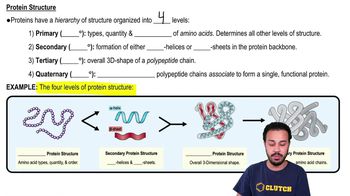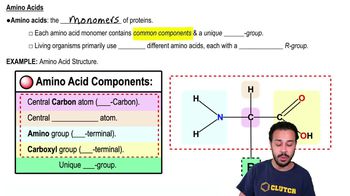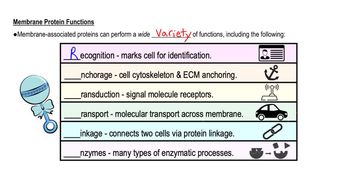Textbook Question
Cholesterol is best described as
a. a lipid.
b. a sterol.
c. an alcohol.
d. a fat.
e. a wax.
108
views
 Verified step by step guidance
Verified step by step guidance



Cholesterol is best described as
a. a lipid.
b. a sterol.
c. an alcohol.
d. a fat.
e. a wax.
CIRCLE two covalent bonds and two hydrogen bonds in this image; label them. BOX a polar covalent bond. <IMAGE>
a. b. c. d. Label the following reactions as a neutralization reaction, a hydrolysis reaction, or a dehydration synthesis reaction. <IMAGE>
Label the following fatty acids as saturated, monounsaturated, or polyunsaturated. <IMAGE>
What ions result when hydrogen donates one electron to fluorine?
Select all of the compounds from the following list. If it is not a compound, then state
what it is.
a. H2O
b. HCO3
c. 02
d. H2
e. Li2+
f. C6H12O6
g. H+